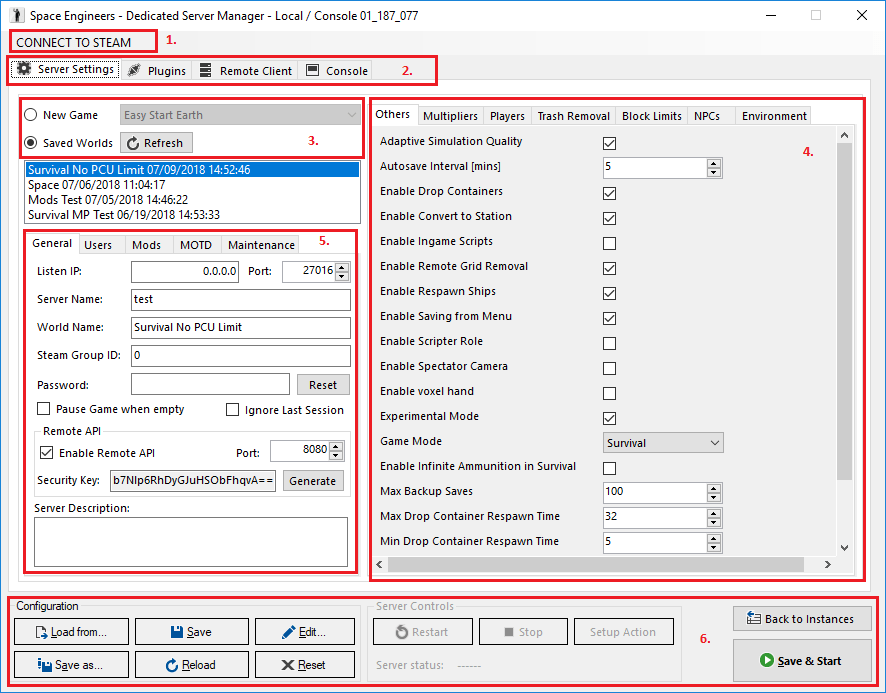

Because the two planets follow an egg-shaped orbit, not every alignment is equal. That’s the ideal time for a launch, as the distance between the two is reduced to around 33.9 million miles. The orbital synchronizations Musk is referring to is the point when the Earth and Mars are in closest alignment, which occurs around every 26 months. SpaceX SpaceX Going to Mars: What Is an Orbital Synchronization? The /proc/sys/mars/ and other Expert Tweaks. Resource Creation / Deletion / Modification. The Sysadmin Interface (marsadm and /proc/sys/mars/)Ħ.1. Predefined Complex and High-Level Macrosĥ.1.2. Setup Primary and Secondary Cluster Nodes. Higher Consistency Guarantees vs Actuality. CAP Commonalities between DRBD and MARSĢ.4. Recommendations for Architects and Sysadmins. Recommendations for Design and Operation of Storage Systems. Scalability of Filesystem Layer vs Block Layer. Similarities and Differences to Copysets. Distributed vs Local: Scalability Arguments from Architecture. Reliability Differences CentralStorage vs Sharding. Example: Point-in-time Replication via ZFS Snapshots.

Architectures of Cloud Storage / Software Defined Storage / Big Dataġ.1. Trademarks are the property of their respective owner.ġ. It comes with some automation scripts, leading to a similar functionality than Kubernetes,īut devoted to stateful LVs over virtual LVM pools in the petabytes range. MARS supports a new method for building Cloud Storage / Software Defined Storage, called Versions are planned to also support synchronous or near-synchronous modes. Therefore, application performance is completely decoupled from any network problems. The current version of MARS supports k > 2 replicas and works asynchronously. Operations even when the network is flaky (Anytime Consistency). In contrast to DRBD, MARS preserves the order of write Even in case of networkīottlenecks / problems / failures, the secondaries may become outdated (reflect an elder state),īut never become inconsistent. Therefore, MARS can provide stronger consistency guarantees. The sysadmin interface is similar to DRBD1, but its internalĮngine is completely different from DRBD: it works with transaction logging, similar to some MARS is a block-level storage replication system for long distances / flaky networks under GPL. Included in the section entitled “GNU Free Documentation License”. With no Invariant Sections, no Front-Cover Texts, and no Back-Cover Texts. Permission is granted to copy, distribute and/or modify this document under the terms of the GNU Freeĭocumentation License, Version 1.3 or any later version published by the Free Software Foundation

Multiversion Asynchronous Replicated StorageĬopyright (C) 2013-16 Thomas Schöbel-TheuerĬopyright (C) 2013-16 1&1 Internet AG (see shortly called 1&1 in the


 0 kommentar(er)
0 kommentar(er)
